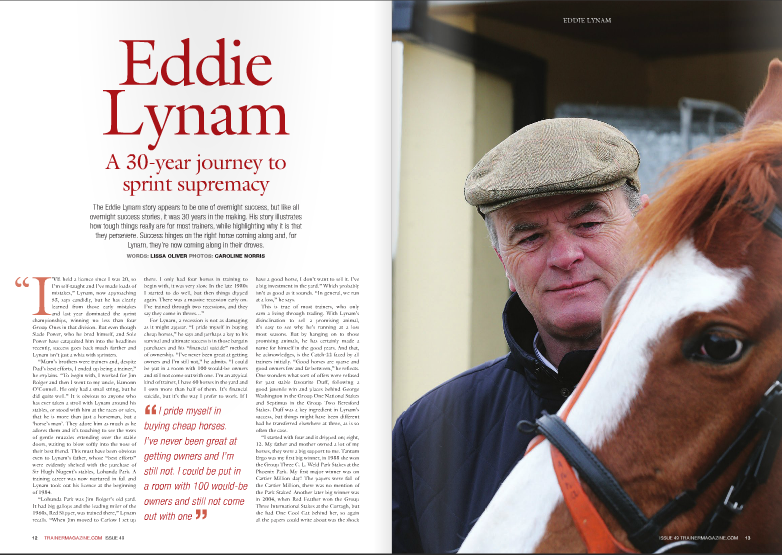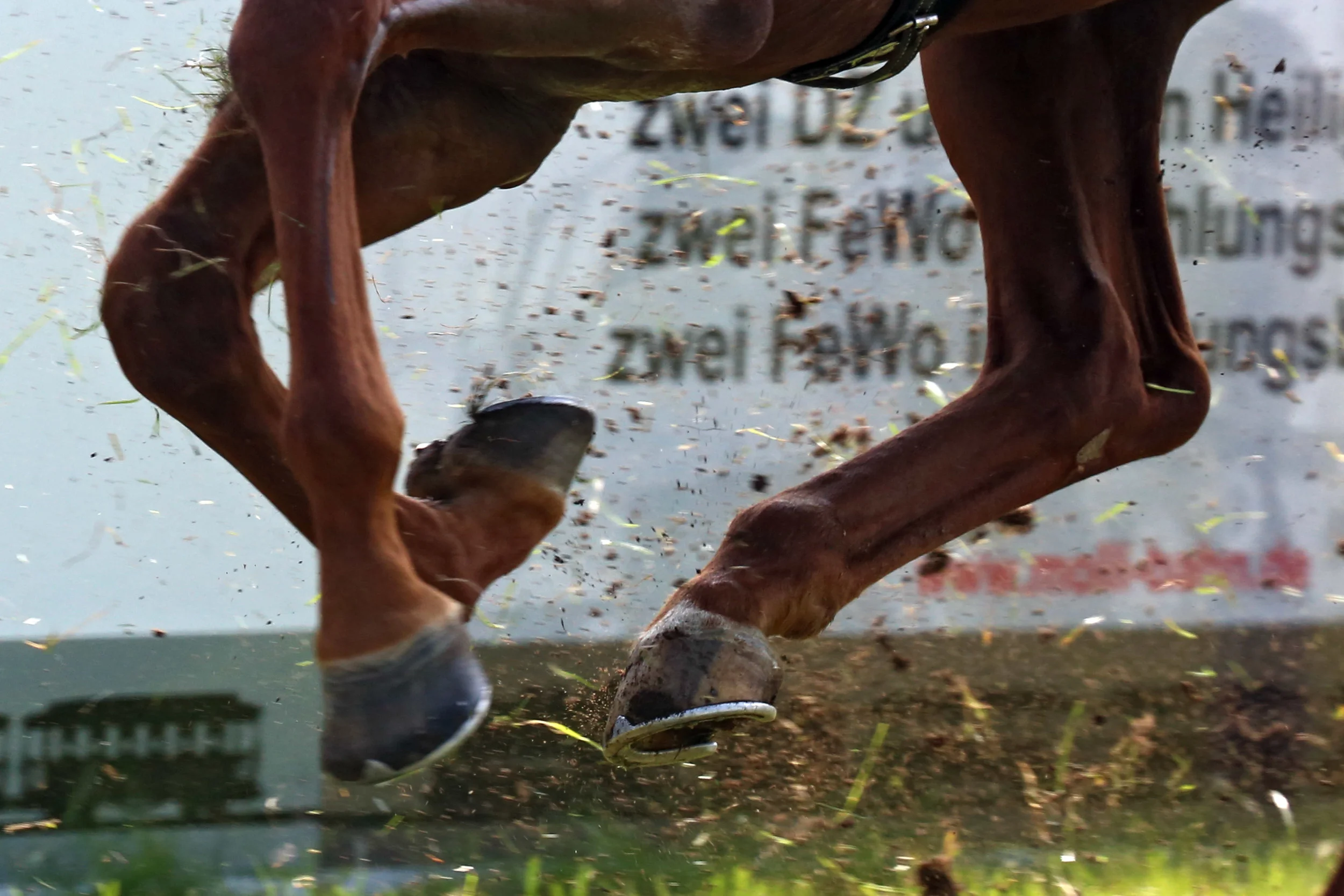Equine Flu: ProteqFlu® first to secure Clade 2 update
The recent launch of the updated equine influenza (EI) vaccine, ProteqFlu®, brings to market the first and only EI vaccine in Europe to contain a clade 2 strain, and also the only vaccine that is fully compliant with the latest 2014 OIE World Organisation For animal Health Expert Surveillance Panel (ESP) recommended EI vaccine strains
Louise Radford MRCVS of manufacturer Merial Animal Health explains the significance of the launch
Merial, the world-leading, innovation-driven animal health company has recently launched the updated ProteqFlu vaccine, marking the UK’s first and only fully updated equine flu vaccine that contains both a Clade 1 and Clade 2 antigen, which includes protection against the latest Florida Clade 2 strain, Richmond 07. This is a significant step for horse health and the equine industry as a whole.
Since its launch in 2003, ProteqFlu has become a leading EI vaccine on the European market, demonstrating its success and efficacy in real outbreaks, particularly during the last major outbreak - in Australia in 2007 - when it was the only vaccine chosen for the eradication programme.
EI remains a significant disease across most of the globe, primarily due to its ability to cause extensive disruption to equestrian breeding, training and competition schedules. As a result of this threat, vaccination against EI has become widespread and mandatory in some equestrian discipline being made mandatory for racing thoroughbreds in the United Kingdom, Ireland and France in 1981 following epizootics in 1979.
Virus strains are constantly evolving, a process which is monitored regularly by a panel of EI experts (Expert Surveillance Panel or ESP), which includes representatives from OIE reference laboratories. Data from outbreaks of EI, particularly in vaccinated horses, and the antigenic and genetic characteristics of EI viruses are reviewed annually.
Recommendations are then made on the need to update vaccines. The ESP’s latest recommendations are that vaccines for the international market should contain representative H3N8 EI viruses from both Clade 1 and Clade 2 of the Florida sublineage, with no requirement stipulated any longer for European lineage H3N8 or H7N7 EI viruses.
The timely updating of influenza vaccines with relevant viruses is considered essential by the ESP to minimise the threat of EI to equine populations worldwide.
The continuous evolution of EI vaccines is of major concern in relation to maintaining the protection of equine populations against EI across the world. If there is a mismatch between the ‘field’ virus and those strains in a vaccine containing ‘outdated’ strains the horse will be affected and even if only sub-clinically infected, is more likely to shed virus.
By way of example, the vaccinated animals from Japan that introduced EI virus into the Australian quarantine facility in 2007 had been vaccinated with vaccines containing outdated strains, as none of the vaccines available at the time had been updated in line with the most recent OIE recommendations.
The New updated ProteqFlu received its EU marketing authorisation on 11th July 2014, and was available in most European markets as of December 2014.
NEW GastroGard® Performance Pack + £60 cashback on pack purchases
To celebrate the launch of the NEW GastroGard® Performance Pack, Merial are offering a £60 cashback on pack purchases made before the end of September 2015.
The formulation in GastroGard® is proven to deliver omeprazole beyond the stomach to areas of the gut where it can be rapidly & consistently absorbed into the bloodstream. That’s why thousands of vets and trainers worldwide trust GastroGard® to heal or prevent gastric ulcers in their horses, keeping them healthy for optimum performance.
The new GastroGard® Performance Pack contains: 8 packs of 7 pre filled syringes.
If you are an ETF/NTF/TBA member, simply download this voucher following purchase of a new GastroGard® Performance Pack and return along with proof of purchase before 30th September 2015 to receive your £60 cheque.
REMEMBER 93% of racehorses in training suffer from gastric ulcers*
They can affect performance, training, appetite and temperament, as well as the overall health and wellbeing of these horses**.
Please refer to your veterinary surgeon for further information and advice on diagnosis and treatment of equine gastric ulcers in race horses. Or find out more at www.equinegastriculcers.co.uk
£60 cash back is currently available to all ETF/NTF/TBA members and is not valid for the contents of promotional packs.
References
*. Murray MJ et al. Factors associated with gastric ulcers in thoroughbred racehorses. Equine Vet J 1996;28(5):368-374.
**. McClure SR et al. Efficacy of omeprazole paste for prevention of recurrence of gastric ulcers in horses in race training. J Am Vet Med Assoc 2005;226(10):1685-1688. ***. Andrews FM et al. Efficacy of omeprazole paste in the treatment and prevention of gastric ulcers in horses. Equine Vet J 1999;29(Suppl):81-86.
Eddie Lynam - more than just the "sprint king" trainer
The Eddie Lynam story appears to be one of overnight success, but like all overnight success stories, it was 30 years in the making. His story illustrates how tough things really are for most trainers, while highlighting why it is that they persevere. Success hinges on the right horse coming along and, for Lynam, they’re now coming along in their droves.
Do the muscles of the respiratory system affect performance?
Over the last two decades the Horserace Betting Levy Board (HBLB) has funded substantial research to understand how various body systems respond to training. For example, because of this HBLB investment we now know that the hearts of thoroughbred racehorses get bigger as a response to athletic training and that big hearts are typically associated with better performers. We also know that bones respond to training by remodelling and hence become better prepared for the strains associated with galloping.
Climate Change - New equine diseases
Worldwide, when there are new disease outbreaks – human or horse – there seems to be a link between climate change and infectious disease risk. Warmer environment and changing weather patterns influence many factors that encourage disease outbreaks, disease transmission, and the emergence of new diseases.
Headgear and the racehorse: Seeing the wood from the trees!
Across the world in all racing jurisdictions, there are horses that perform with a type of headgear for a multitude of reasons. From blinkers to hoods, there a variety of makes, types, and forms of equipment that can be placed on or over a horse’s head with the ultimate aim of enhancing performance.
CLICK IMAGE TO READ FULL ARTICLE
Are stress fractures and training surfaces linked?
Stress fractures not only lead to training interruptions but if they are not identified early and managed appropriately they can be associated with subsequent catastrophic fractures. Stress fractures of the humerus, tibia, ilium and cannon bone (aka third metacarpal bone or McIII) are most common. Stress fractures are a late stage on a pathway of stress-related bone injury.















